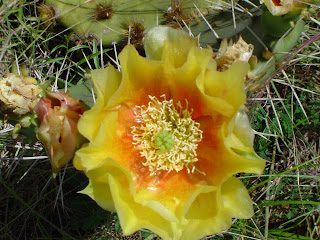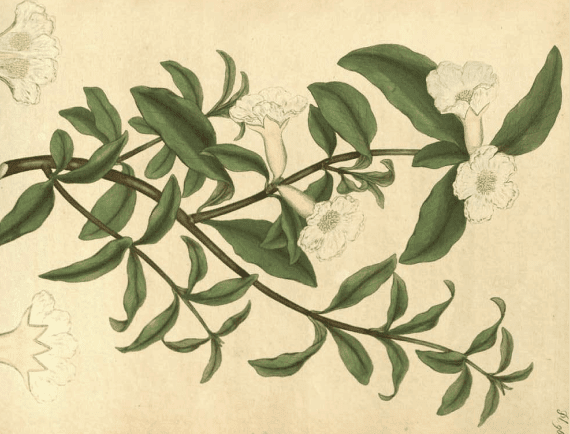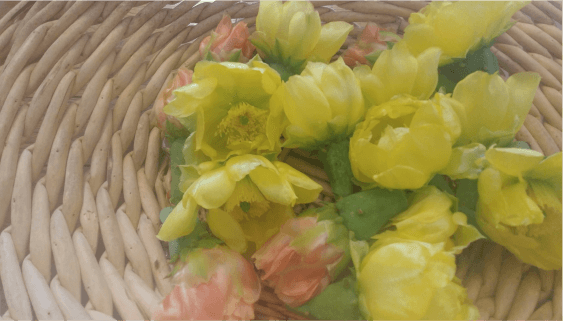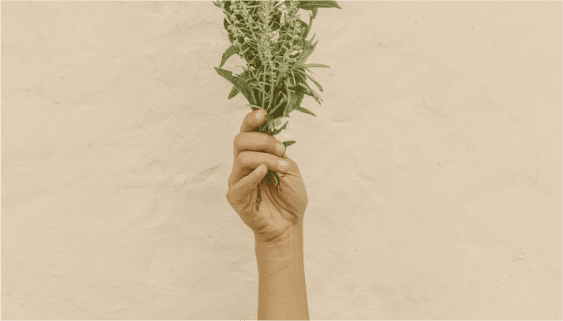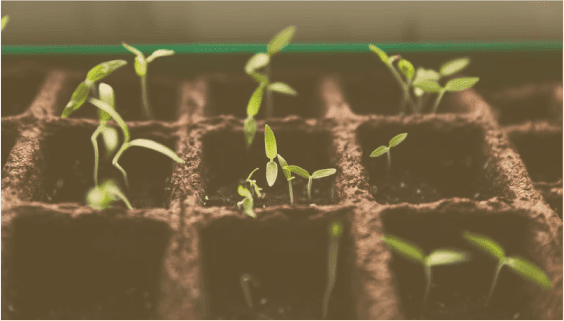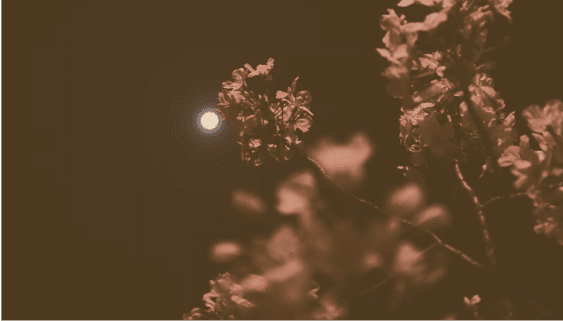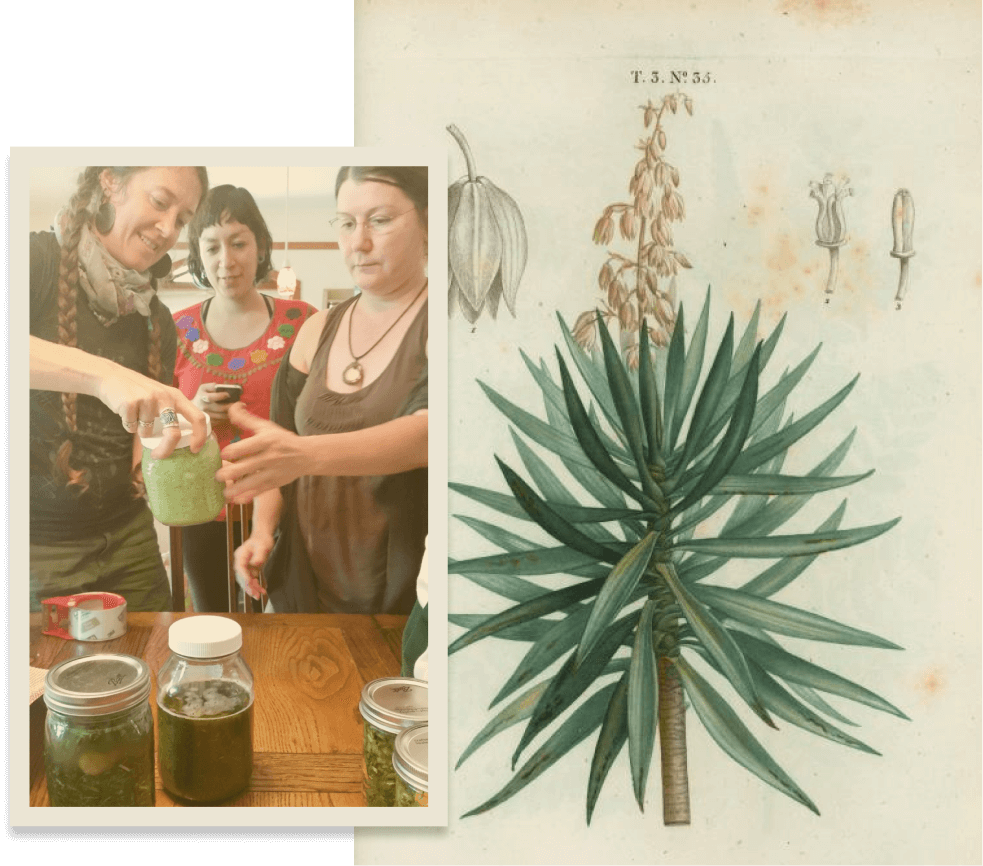Prickly Pear’s official latin name is Opuntia.
This is a large grouping and there are about a dozen species of opuntia that are referred to as prickly pears, with several species growing in our area. European explorers had never seen anything even remotely resembling it before and did their best to describe it. It was given many names including, higuera de pala (shovel fig),, nopal de Castilla, tuna mansa, and more
Description: Prickly pear Cactus is a shrubby native Texas succulent perennial plant in the cactus family of plants. Central Texas prickly pears grow about 5 ft tall and can spread to several feet wide. All have flat, fleshy pads that look like large leaves but are actually modified branches or stems. The large spines – are actually modified leaves and smaller hairlike ones that seem impossible to get out of skin are termed glochids. Prickly Pears have beautiful flowers that turn into large pink fruits in late summer
The plant is native to the entire North American continent. In Central Texas it can be found all over fields and meadows and even in woodlands though it does seem to prefer full sun. It can grow in clay soil, or out of rock. Its not picky, in fact many Central texas ranchers would call it a noxious weed.
Prickly pear can be established easily anywhere in your landscaping. All it takes is carefully pulling off a pad and sticking it in the ground. They provide drought tolerant additions to xeriscape and native wildscape gardens.
Harvest: Pads can be harvested throughout the year, flowers in May through June, and Fruit in September
Use: This plant is one of our most important native food and medicine sources growing in Central Texas. It has been used for centuries by indigenous communities. If you haven’t already tried cactus and you live in Central Texas then this is time to go to some taquerias and ordering nopales and egg tacos. You can even find some local grocery stores selling the pads despined for your use. The fruit, or tuna, tastes like a watery plum and makes a delicious juice, jelly, and even wine. It is our most plentiful fruit of the area. The plant is also an important source of dye cochineal
Historical Use: Prickly pear pads are used and have been used for centuries to help relieve burns, rashes, and other inflammations. If you carefully slice one open you can use the slimey innards like aloe to both soothe and draw things out-even prickly pear spines. The tunas and pads are also juiced to help regulate blood sugar and many folks use it regularly to help manage their diabetes.
My own Use: I really enjoy the Prickly Pear flowers. The flower petals can be carefully picked and dried as tea. Though it varies by species and color, the flowers have flavonoids in them that help strengthen our circulatory system. Take a look inside a flower the next time you walk by a cactus, there are always several bugs, and bees, stumbling around drunk on pollen and having a great time in there. It is truly a flower that represents Austin.
Dosage is dependant on the individual and that individual’s situation
